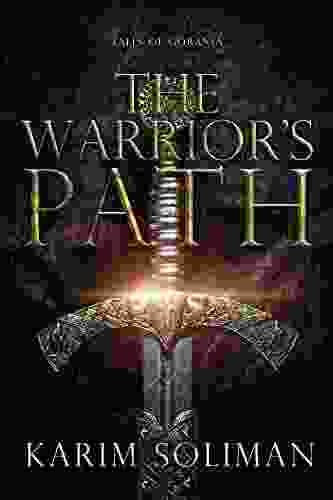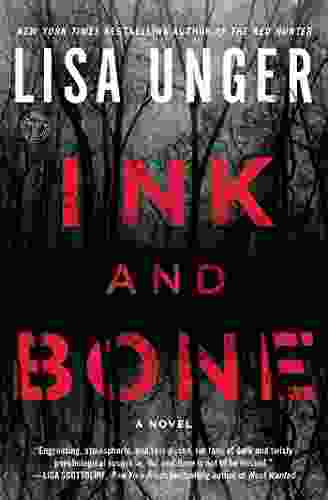Public Education: The Supreme Court and the Battle for the American Mind

Public education in the United States has long been a battleground for competing ideologies and interests. From the founding of the republic to the present day, the Supreme Court has played a pivotal role in shaping the relationship between public education, the state, and the individual.
In this article, we will explore some of the most important Supreme Court cases involving public education. We will examine the legal arguments and the Court's reasoning in these cases, and we will discuss the impact that these decisions have had on the American education system.
4.6 out of 5
| Language | : | English |
| File size | : | 2754 KB |
| Text-to-Speech | : | Enabled |
| Screen Reader | : | Supported |
| Enhanced typesetting | : | Enabled |
| Word Wise | : | Enabled |
| Print length | : | 536 pages |
The Early Years: Establishing the Role of the State
In the early years of the republic, the role of the state in education was a matter of debate. Some argued that education was a private matter, and that the government should not be involved in it. Others argued that education was essential to the preservation of a democratic society, and that the government had a responsibility to provide it.
The Supreme Court first addressed the issue of public education in the case of Barrington v. Massachusetts (1827). In this case, the Court upheld a state law that required all children to attend school. The Court ruled that education was "essential to the preservation of a free government," and that the state had a right to compel children to attend school.
The Barrington decision established the principle that the state has a legitimate interest in education. This principle has been reaffirmed in numerous subsequent cases, and it remains the foundation of the American public education system.
The 20th Century: Ideological Battles
The 20th century saw a number of Supreme Court cases involving public education that were decided along ideological lines. These cases reflected the growing polarization of American society on issues of race, religion, and the role of government.
One of the most important Supreme Court cases involving public education in the 20th century was Brown v. Board of Education (1954). In this case, the Court ruled that racial segregation of public schools was unconstitutional. The Court held that "separate educational facilities are inherently unequal," and that the state could not deny any child an education based on race.
The Brown decision was a landmark victory for the civil rights movement. It helped to desegregate public schools throughout the country, and it paved the way for further progress on civil rights.
However, the Brown decision also sparked a backlash from segregationists. In the years that followed, many white Southerners resisted desegregation, and some even closed their public schools rather than comply with the Court's ruling.
The Supreme Court also ruled on a number of other controversial issues related to public education in the 20th century. In Engel v. Vitale (1962),the Court ruled that school-sponsored prayer was unconstitutional. In Tinker v. Des Moines (1969),the Court ruled that students had the right to freedom of speech in school. And in Hazelwood v. Kuhlmeier (1988),the Court ruled that school officials could censor student speech that was "inappropriate" or "disruptive."
These cases reflected the ongoing tension between the government's interest in maintaining Free Download and the individual's right to freedom of expression.
The 21st Century: New Challenges
The 21st century has brought new challenges to public education. These challenges include the rise of school choice, the increasing diversity of the student population, and the growing gap between rich and poor schools.
The Supreme Court has continued to play a role in shaping public education in the 21st century. In Zelman v. Simmons-Harris (2002),the Court ruled that school vouchers were constitutional. This decision has led to the growth of school choice programs, which allow parents to use public funds to send their children to private schools.
The Supreme Court has also ruled on a number of other issues related to public education in the 21st century. In Parents Involved in Community Schools v. Seattle School District No. 1 (2007),the Court ruled that school districts could not use race as a factor in assigning students to schools. In Friedrichs v. California Teachers Association (2016),the Court ruled that public sector unions could not require non-members to pay union fees.
These cases reflect the continuing evolution of public education in the United States. The Supreme Court is likely to continue to play a role in shaping the future of public education in the years to come.
Public education is a cornerstone of American democracy. It is essential to the preservation of a free and just society. The Supreme Court has played a pivotal role in shaping the relationship between public education, the state, and the individual.
The Court's decisions have reflected the changing values and priorities of American society. As the nation has grappled with issues of race, religion, and the role of government, the Court has provided guidance on the proper role of public education in a民主社会.
The Supreme Court will continue to play a role in shaping the future of public education. As the nation faces new challenges, the Court will be called upon to decide new and complex issues. The Court's decisions will have a profound impact on the education system, the ideological battles that surround it, and the future of democracy itself.
4.6 out of 5
| Language | : | English |
| File size | : | 2754 KB |
| Text-to-Speech | : | Enabled |
| Screen Reader | : | Supported |
| Enhanced typesetting | : | Enabled |
| Word Wise | : | Enabled |
| Print length | : | 536 pages |
Do you want to contribute by writing guest posts on this blog?
Please contact us and send us a resume of previous articles that you have written.
 Book
Book Novel
Novel Page
Page Chapter
Chapter Text
Text Story
Story Genre
Genre Reader
Reader Library
Library Paperback
Paperback E-book
E-book Magazine
Magazine Newspaper
Newspaper Paragraph
Paragraph Sentence
Sentence Bookmark
Bookmark Shelf
Shelf Glossary
Glossary Bibliography
Bibliography Foreword
Foreword Preface
Preface Synopsis
Synopsis Annotation
Annotation Footnote
Footnote Manuscript
Manuscript Scroll
Scroll Codex
Codex Tome
Tome Bestseller
Bestseller Classics
Classics Library card
Library card Narrative
Narrative Biography
Biography Autobiography
Autobiography Memoir
Memoir Reference
Reference Encyclopedia
Encyclopedia Kathy Fettke
Kathy Fettke Michele Riva
Michele Riva Robert Spindler
Robert Spindler Karen Mcdonough
Karen Mcdonough Jim Forest
Jim Forest Karl Evanzz
Karl Evanzz Michael Banton
Michael Banton Katie Edwards
Katie Edwards Katherine Wilson
Katherine Wilson Russ Mitchell
Russ Mitchell Keith Brewer
Keith Brewer K Gorman
K Gorman Kanchan Suyash
Kanchan Suyash Ruta Nonacs
Ruta Nonacs Kelly Hashway
Kelly Hashway Katherine Tarbox
Katherine Tarbox Karen Brooks Hopkins
Karen Brooks Hopkins Kjartan Poskitt
Kjartan Poskitt Tara Haelle
Tara Haelle Justin Catanoso
Justin Catanoso
Light bulbAdvertise smarter! Our strategic ad space ensures maximum exposure. Reserve your spot today!

 Raymond ChandlerKazakhstan Bradt Travel Guides: Unlocking the Enchanting Heart of Central...
Raymond ChandlerKazakhstan Bradt Travel Guides: Unlocking the Enchanting Heart of Central... Jaylen MitchellFollow ·4.8k
Jaylen MitchellFollow ·4.8k Boris PasternakFollow ·9k
Boris PasternakFollow ·9k Casey BellFollow ·9.2k
Casey BellFollow ·9.2k Louis HayesFollow ·8.8k
Louis HayesFollow ·8.8k Rick NelsonFollow ·16.9k
Rick NelsonFollow ·16.9k Victor HugoFollow ·8.9k
Victor HugoFollow ·8.9k Arthur C. ClarkeFollow ·18.6k
Arthur C. ClarkeFollow ·18.6k Chris ColemanFollow ·12.8k
Chris ColemanFollow ·12.8k

 George Orwell
George OrwellPandemic with Dogs: Two Essays
By Susannah Charleson In the midst of...
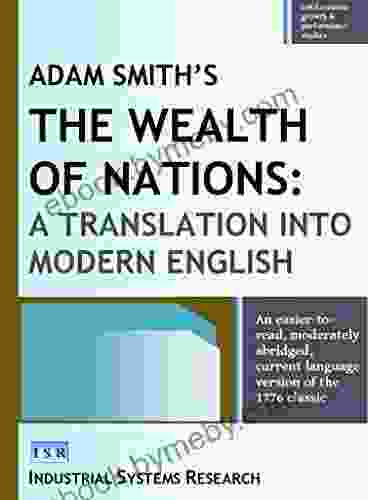
 Leo Mitchell
Leo MitchellAdam Smith's The Wealth of Nations: A Classic Treatise on...
Adam Smith's The...
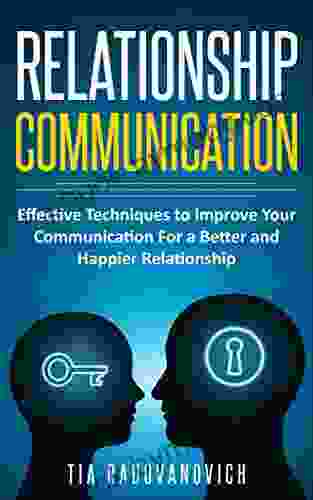
 Cade Simmons
Cade SimmonsUnlock Your Communication Potential: Effective Techniques...
Communication is a fundamental...
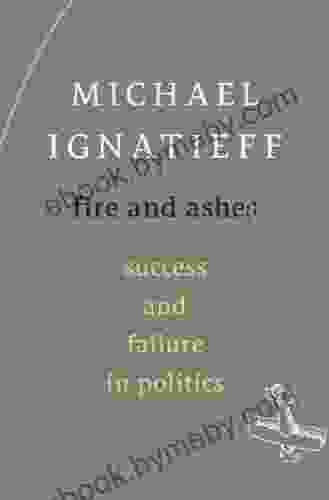
 Floyd Richardson
Floyd RichardsonFire and Ashes: Success and Failure in Politics
Fire and Ashes: Success and...

 Oliver Foster
Oliver FosterUnlock the Enchanting Mystery of Ken Follett's "The Key...
Embark on a captivating literary journey into...
4.6 out of 5
| Language | : | English |
| File size | : | 2754 KB |
| Text-to-Speech | : | Enabled |
| Screen Reader | : | Supported |
| Enhanced typesetting | : | Enabled |
| Word Wise | : | Enabled |
| Print length | : | 536 pages |







